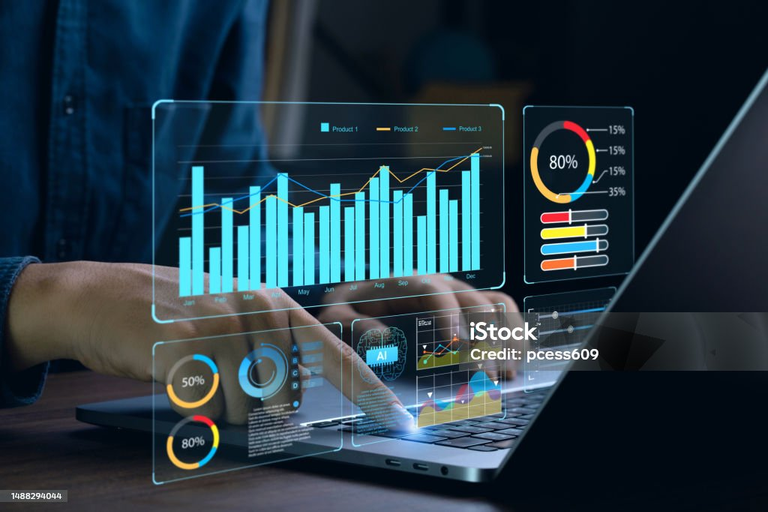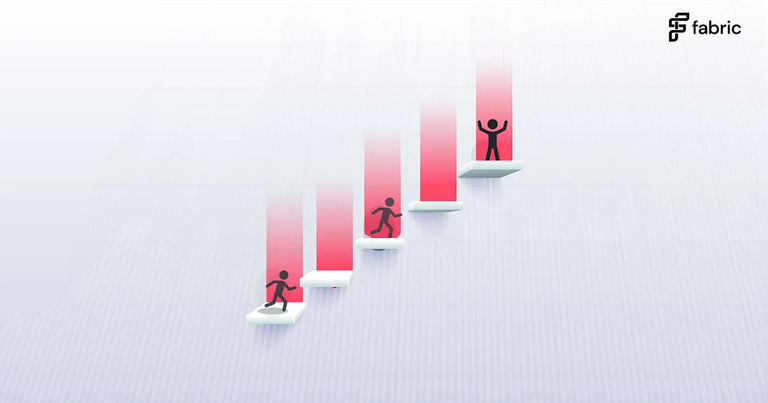Introduction
Not all that glitters is gold, right? We have many career opportunities in Computer Science today, ranging from Data Engineering to Data Science, and finding the right career is challenging at first. Among many other IT roles, Data Analytics stands as a convincing option, as everything revolves around data for businesses to make better decisions, which makes data analysts highly valuable. It’s not as complex a role as it looks, and I’ll make sure to give you a step-by-step process, so you’ll have a path to follow. We’ll cover everything you need to know to become a data analyst.
Who is a Data Analyst?A data analyst is a professional who collects, processes, and analyzes data to help organizations make informed decisions. They use various tools and techniques to interpret complex sets of data, identify trends, and provide insights that can be valuable for business strategies. Data analysts work with numerical and statistical data, creating visualizations and reports to communicate their findings effectively. Their role is crucial in leveraging data to improve decision-making processes within an organization.
The Role of Data Analysts
The duties of a data analyst typically include data collection, data cleaning and preprocessing, data analysis, data visualization, reporting, and identifying trends and patterns. Data analysts gather data from various sources, clean and organize raw data, use statistical methods and data analysis tools to identify trends and insights, create visual representations of data, communicate findings to stakeholders, and recognize patterns within the data to provide valuable insights for business decision-making.
Skills Required to Become a Data AnalystTo become a successful data analyst, you need a combination of technical, analytical, and interpersonal skills. These include analytical skills, statistical knowledge, programming skills, data cleaning, data visualization, database management, machine learning, and Excel skills. A good data analyst should be proficient in these areas to effectively analyze and interpret data for business insights.
Job Requirements for Data Analyst RolesEmployers seek data analysts who possess proficiency in SQL and hands-on experience with large datasets, familiarity with Python and data visualization tools such as Tableau or Power BI, strong analytical aptitude, expertise in statistical analysis and modeling techniques, and exceptional communication skills. These are key skills and qualifications employers look for in data analyst candidates.
Step-By-Step Process to Master Data Analytics
Step 1: Excel
It’s recommended to begin with fundamental Excel concepts, including basic formulas such as SUM, AVERAGE, PRODUCT, MEAN, MEDIAN, IF, and SUMIF. Delve into the utility of Pivot Tables and grasp essential skills in basic charting, filters, and sorting functionalities. Familiarize yourself with Power Query to enhance your data manipulation capabilities.

Step 2: Business Math and Statistics
Focus on mastering fundamental business math concepts such as arithmetic and percentages, as well as basic statistics like mean, median, and standard deviation. Understanding statistical distributions like the bell curve and percentiles provides a solid foundation for data analysis in business applications.
Step 3: StatisticsLearn essential statistical skills, including types of data, basic chart types, data aggregation, and data variation. This foundational understanding can be achieved within a week and is accessible for individuals with beginner-level expertise in statistics.
Step 4: SQLSQL is essential for data manipulation, allowing functions like storing, reading, creating new tables, and deleting obsolete data. Understanding topics like joins, unions, order by, and group by, as well as advanced queries, will help you become proficient in SQL.
Step 5: BI ToolsThe art of data visualization is essential for articulating your narrative in a comprehensible manner for a diverse audience. Data visualization skill allows you to uncover meaningful patterns within the data, allowing the creation of compelling stories for client presentations. Tools like Google Data Studio are commonly used for data visualization.
Step 6: PythonProgramming is important in your learning journey. Python is a popular language for data analysis due to its readability and ease of learning. Cover fundamental to intermediate concepts of Python, including conditionals, loops, functions, and file operations, to conduct effective data analysis.
Step 7: Numpy, Pandas, MatplotlibPython offers libraries like Numpy and Pandas for data visualization and data analysis. Matplotlib and Seaborn allow you to visualize your data effectively. Choose either Matplotlib or Seaborn based on your preference.
Conclusion
As per Glassdoor, the starting salary for data analysts stands at $3,000 per month, with the potential to escalate to an impressive $7,000 per month, surpassing many other professions. Mastering data analytics can lead to earning $50,000 even at a junior level. Your motivation to become a data analyst likely stems from your unique reasons, and you have a personalized path you aim to pursue to achieve success in this field. So be open to challenges, stay curious, and strive to become a successful data analyst. Good luck.